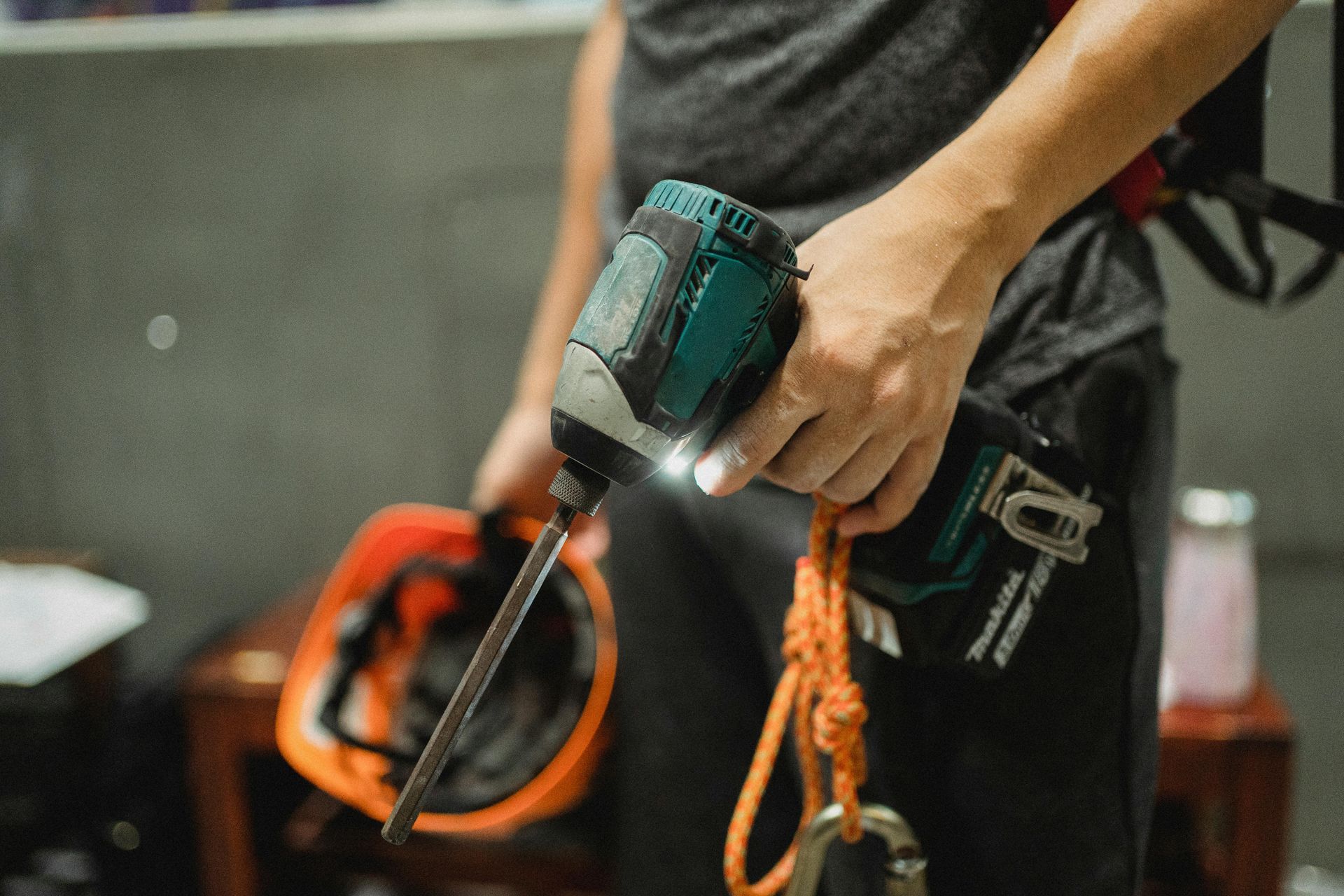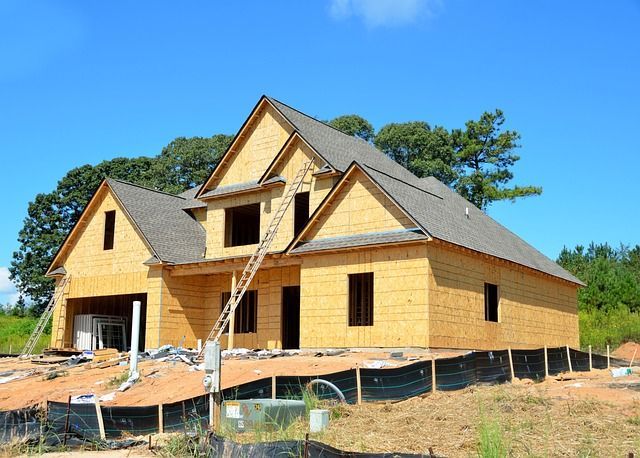or email bjoyce@grandcoastcapital.com

Strategic Improvements and Smart Budgeting to Maximize Your ROI on Your Next Property
Fix-and-flip properties are homes purchased with the intent of renovating and reselling quickly for a profit. Flipping houses is a business that requires knowledge, planning, and savviness to be successful. Investing in fix-and-flip properties can be lucrative if approached with the right strategies. However, making a property more valuable requires more than just cosmetic improvements.
Successful investors understand how to balance renovation costs with market demand to maximize their return on investment (ROI). A common mistake novice real estate investors make is underestimating the time or money the project will require. Whether you’re a first-time flipper or a seasoned investor, the following three tips will help you add value to your fix-and-flip property and increase its profitability.
Tip 1 - Prioritizing High-ROI Renovations
It’s essential to limit financial risk and maximize your return potential. This means not paying too much for a home and ensuring the necessary repairs or upgrades are not costly. When flipping a property, it’s crucial to focus on renovations that deliver the highest return on investment. While making aesthetic upgrades is tempting, many buyers prioritize functionality and efficiency over luxury finishes. According to the 2024 Remodeling Cost vs. Value Report, kitchen and bathroom remodels remain the top choices for high-ROI projects. A minor kitchen remodel, such as updating countertops, cabinets, and appliances, can yield an ROI of around 71%, while bathroom remodels offer returns of up to 67%.
Additionally, investing in energy-efficient improvements, such as upgrading insulation, windows, and heating systems, can add value by lowering future utility costs for buyers. These eco-friendly upgrades can also appeal to a growing demographic of environmentally conscious buyers. Not only will these changes help you command a higher selling price, but they can also reduce time on the market by making the property more attractive.
Key Tip: Focus your renovation budget on cost-effective improvements that deliver tangible value to potential buyers, such as kitchen upgrades, bathroom remodels, and energy efficiency enhancements.
Tip 2 - Understand Your Market and Buyer Demographics
Understanding the local real estate market and buyer demographics is critical to making informed renovation decisions. What appeals to buyers in one area might not resonate with buyers in another. For instance, in urban areas like Boston, where housing demand is high, buyers may prioritize modern kitchens, smart home technology, and proximity to public transit. Alternatively, outdoor space, additional bedrooms, and storage might appeal more to suburban or rural New England towns.
Researching comparable properties (comps) in the area will give you a clearer picture of the local market conditions. Look for properties similar to the one you’re renovating that have sold recently. This will help you understand what buyers will pay for specific upgrades and how much value each improvement adds. It’s also worth consulting with a local real estate agent who has in-depth knowledge of buyer preferences in the area.
Key Tip: Tailor your renovation plan to align with the preferences of buyers in your target market by studying local trends and understanding buyer needs.
3. Budget Wisely and Avoid Over-Improvement
One of the biggest challenges in a fix-and-flip project is managing your budget and avoiding over-improvement. It’s easy to overspend on upgrades that may not significantly increase the property’s value, primarily if the neighborhood doesn’t support a higher selling price. This is why it’s crucial to set a realistic budget before beginning renovations and stick to it throughout the process.
A general rule of thumb is to avoid making the property the most expensive home in the neighborhood, as this can limit your pool of buyers and slow down the sale. Instead, aim to bring the property up to the standard of similar homes in the area without overcapitalizing. Experts recommend keeping renovation costs between 10% and 15% of the property’s purchase price to ensure profitability.
Key Tip: Set a clear renovation budget, stick to it, and avoid over-improving the property beyond what the local market can support.
Successfully flipping a property requires a balance of strategic renovation choices, market awareness, and disciplined budgeting. By prioritizing high-ROI improvements, understanding the demands of your local market, and managing your renovation costs wisely, you can maximize the value of your fix-and-flip investment. Understanding the local market is crucial, as buyers’ preferences differ by region - what appeals in a suburban neighbor might not resonate in an urban area. Additionally, managing renovation budgets and avoiding over-improvements that outprice the neighborhood ensures the property remains attractive to a vast pool of buyers. Investors can significantly improve their ROI by prioritizing high-impact improvements, aliginging with market demands, and maintaining a disciplined budget. With these three tips in mind, you'll be better positioned to increase your property’s appeal and profitability, ensuring a successful flip.
Sources:
- Remodeling Magazine, "Cost vs. Value Report 2024"
- National Association of Realtors, "2024 Real Estate Trends and ROI Insights"
- Zillow, "2024 Housing Market Forecast"
- Investopedia, "Tips for Maximizing ROI on Fix-and-Flip Properties"
3 Tips for Making Your Fix and Flip Property More Valuable FAQs
What are the most profitable renovations for a fix-and-flip property?
While aesthetic upgrades can be tempting, prioritize renovations offering the highest return on investment (ROI). Kitchen and bathroom remodels consistently rank high in ROI. A minor kitchen remodel, including updating countertops, cabinets, and appliances, can yield an ROI of around 71%, while bathroom remodels offer returns of up to 67%.
How can I determine which renovations will appeal to buyers in my area?
Researching comparable properties (comps) that have recently sold in the area provides insight into local market conditions and buyer preferences. Observe what features and upgrades contributed to their successful sales. Additionally, consulting a local real estate agent with expertise in the area can provide valuable information on buyer demographics and preferences.
What is the recommended budget for renovations to ensure profitability?
Experts suggest keeping renovation costs between 10% and 15% of the property's purchase price. This guideline helps ensure profitability and prevents over-improvement, which can deter potential buyers. Remember, the goal is to enhance the property's value without exceeding the neighborhood's price range.
How can energy-efficient upgrades add value to my fix-and-flip property?
Energy-efficient upgrades, such as improved insulation, new windows, and updated heating systems, lower future utility costs for buyers. This cost-saving benefit increases the property's appeal, especially for environmentally conscious buyers. Additionally, these upgrades can contribute to a faster sale.You have 45 days to return items for a full refund, with or without a receipt. Items must still have their original tags.
What is the significance of understanding buyer demographics in a fix-and-flip project?
Different buyer demographics have varying needs and preferences. Urban buyers might prioritize modern kitchens and smart home technology, while suburban buyers might value outdoor space and additional bedrooms. Understanding your target audience helps tailor renovations to their specific desires, increasing the property's attractiveness and marketability.
What is the risk of over-improving a fix-and-flip property?
Over-improving a property beyond what the local market supports can limit your pool of potential buyers. If your renovations make the property the most expensive in the neighborhood, it might deter buyers seeking comparable homes in the same price range, potentially leading to a slower sale and reduced profitability.
Why is it essential to set a realistic budget and stick to it?
A clear and realistic budget helps avoid overspending on unnecessary upgrades. Unexpected expenses can arise during a renovation project, so a well-defined budget keeps spending in check and ensures the project stays profitable. Regularly track expenses and adjust spending as needed to stay within budget.
What are some reliable sources for real estate market trends and insights?
Reputable sources for real estate market information include industry publications like Remodeling Magazine and the National Association of Realtors. Websites like Zillow and Investopedia offer valuable insights into market forecasts, investment strategies, and tips for maximizing ROI on fix-and-flip properties.
3 Tips for Making Your Fix and Flip Property More Valuable Deep Dive Podcast

Fast, Reliable Hard Money Lending
email:
bryan@rf-boston.com
tel no: (207) 752.0107
Designed by Mystic Media Dot com


